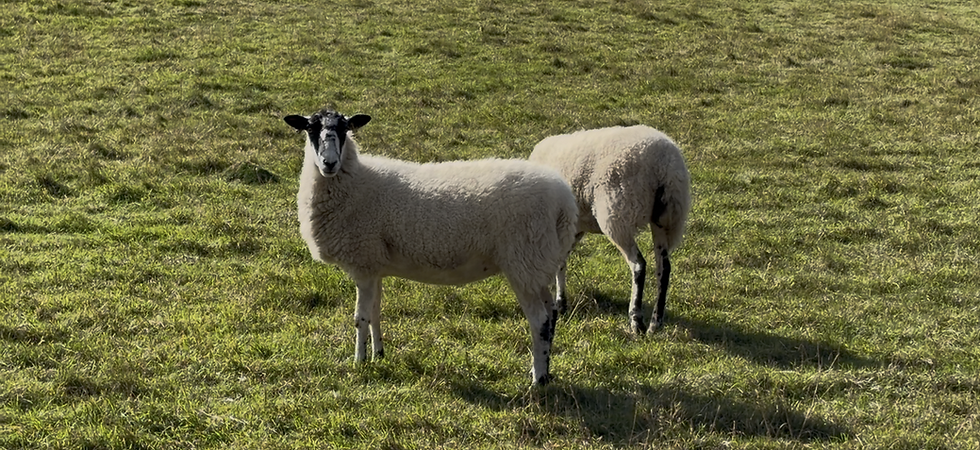BEARDED SEAL VOCALIZATIONS
- kradiganscience24
- Jan 18, 2024
- 2 min read
TAVISHI Bearded seals, Erignathus barbatus, are a species of pinniped found in the Arctic. The bearded seal can easily be identified from their unique, beard-like vibrissae, or whiskers, which are longer and thicker than typical seal vibrissae. I always picture bearded seals as friendly old grandfathers.
Furthermore, bearded seals have square shaped flippers, with their third digit larger than the rest. You can find bearded seals in the Arctic region, and are among the heaviest of the Arctic seals- they're about 7-8 feet long, weighing 600-800 pounds. What's especially unique about bearded seals is their vocalizations. I'm a huge animal communication nerd, so perhaps I find this more interesting than the average person, but bearded seal vocalizations are so cool. Vocalizations are produced for the purpose of courtship. In some places, vocalizations occur year-round, but interestingly enough, certain populations of bearded seals limit their vocalizations to exclusively during the breeding season. This indicates that the behavior of vocalizations is learned rather than just innate. Vocalizations are high-pitched, loud, and long. They can be described as trills. These trills can be divided into three main categories based off of their characteristics: long, step, and sweep. Different populations have much further variation in types of calls.
These vocalizations are hypothesized to indicate the "availability" of a male for mating, dependent on both environmental factors and the season. Amount of pack ice and temperatures have shown correlation with trilling, but no causation has yet been proved.
Females do vocalize as well, but not nearly as much as males. Vocalization does typically begin at sexual maturity for males, though.
Also, the bearded seal's trachea has mostly incomplete cartilaginous rings. Out of the 65-70 rings surrounding their trachea, only about 10-12 are complete, and those are typically the first few. The rest are incomplete, connected however, by a little membrane tissue. Incomplete cartilaginous rings on the trachea allow for collapse of the trachea in that area.
In pinnipeds, completeness of tracheal rings vary. Harbor seals and gray seals have complete rings closer to the cranium, and incomplete rings closer to the lungs, whereas harp seals have incomplete rings throughout. The walrus has full complete rings throughout the trachea. The bearded seal most closely models the tracheal rings of the harbor seal and gray seal.
The connection between tracheal structure and the capability to produce these vocalizations has not yet been made. However, tracheal structure likely does not play too much of a role in the uniqueness of these sounds.
Bearded seals are cool.





Comments